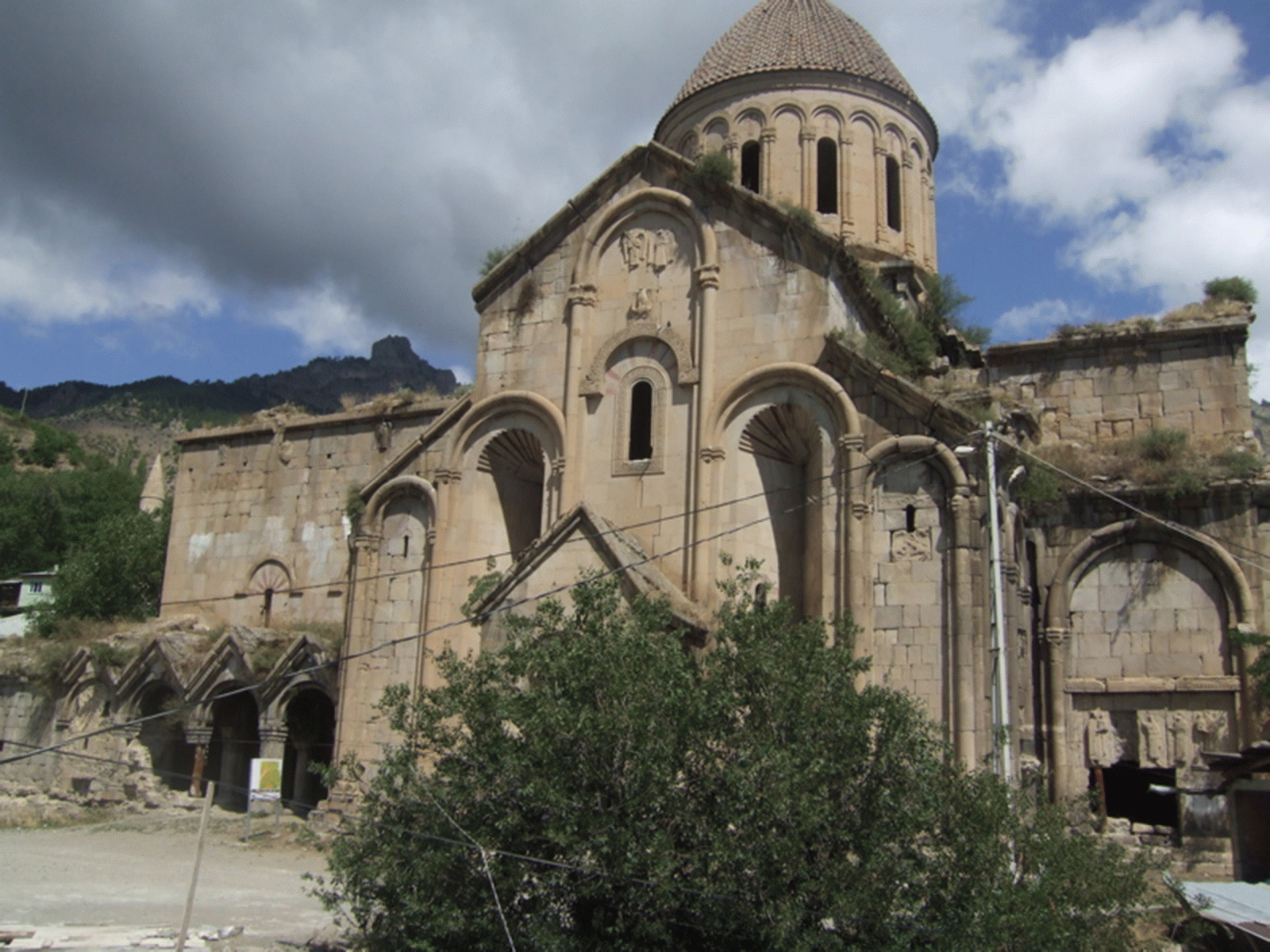Seminar
Nino Simonishvili: The Social Significance of Medieval Georgian Art as a Visual Marker of the Process of the Unification of Georgia and the Establishment of Royal and National Identities

To date in the western art-historical canon, the South Caucasus, encompassing the modern republics of Georgia, Armenia and Azerbaijan, has been perceived as a marginal region lying as it does in a strategic location on the boundaries of many great empires. The visual characteristics of South Caucasian art have been seen as a syncretistic product of the many cultures that have passed through the region. Putting the region in a passive and inferior position with respect to its greater neighbors, few scholars explore the region as a locus of cultural production, in which images and ideas were generated or appropriated to local conditions. Taking medieval Georgia as one of the representatives of the South Caucasian cultural orbit, the study will explore the processes and effects of cross-cultural exchange. It will analyze the use of texts and images as instruments in the establishment of identity, and the process of cultural transformation as evidenced by specific local development. Focusing on two key monuments of medieval Georgia: the architectural sculpture of the church of St. John the Baptist, Oshki (963-973/976) and the world-famous Khakuli triptych (tenth to twelfth century), it will present the social dynamics of images as a system of symbols and the transfer and reuse of images in different political and artistic contexts. Taking a closer look at the meaning and function images, the paper will focus on some aspects that have thus far escaped the notice of art historians.
Nino Simonishvili's research and publications concentrate on the cultural interactions between the East and West, on medieval and modern Georgian art, Byzantine art and image theory. Dr. Simonishvili was director of the International Research Center in the Visual Arts affiliated with the Georgian State Museum of Folk and Applied Art in Tbilisi (2015–2017) and director of the collaborative research and exhibition project between the Georgian National Museum and the Metropolitan Museum of Art supported by UNESCO: Re-installation of the Medieval Collections of the Georgian National Museum (2008–2013). She has been associate professor in the Department of Art History at the Tbilisi State University (1995–2006); was a member of the scientific board of the Georgian National Museum (2008–2013); and was editor and board member of the journal Study of Art at the Tbilisi State University (2003–2005). She has directed several exhibition projects including a photographic exhibition The Destruction of the Cultural Heritage of Syria (2016), East-West Divan: Mushtaidi Palace Decorations (2015) and My Robert Frost - Graphical Series by O. Tavadze (2015).
Dr. Simonishvili is the recipient of several fellowships, including A.v. Humboldt and Gerda Henkel fellowships in Germany (at the Universities of Freiburg, Munich and Academy for Design, Karlsruhe); in the US (the Metropolitan Museum of Art, CASVA and Dumbarton Oaks Center for Byzantine Studies); and she had a senior fellowship at the Research Center for Anatolian Civilizations (KOÇ University, Istanbul). Currently Dr. Simonishvili works on various scientific and exhibition projects, including two books.
04 July 2017, 11:00am
Kunsthistorisches Institut in Florenz
Max-Planck-Institut
Palazzo Grifoni Budini Gattai
Via dei Servi 51
50122 Firenze
Notice
This event will be documented photographically and/or recorded on video. Please let us know if you do not agree with the Kunsthistorisches Institut in Florenz using images in which you might be recognizable for event documentation and public relation purposes (e.g. social media).


